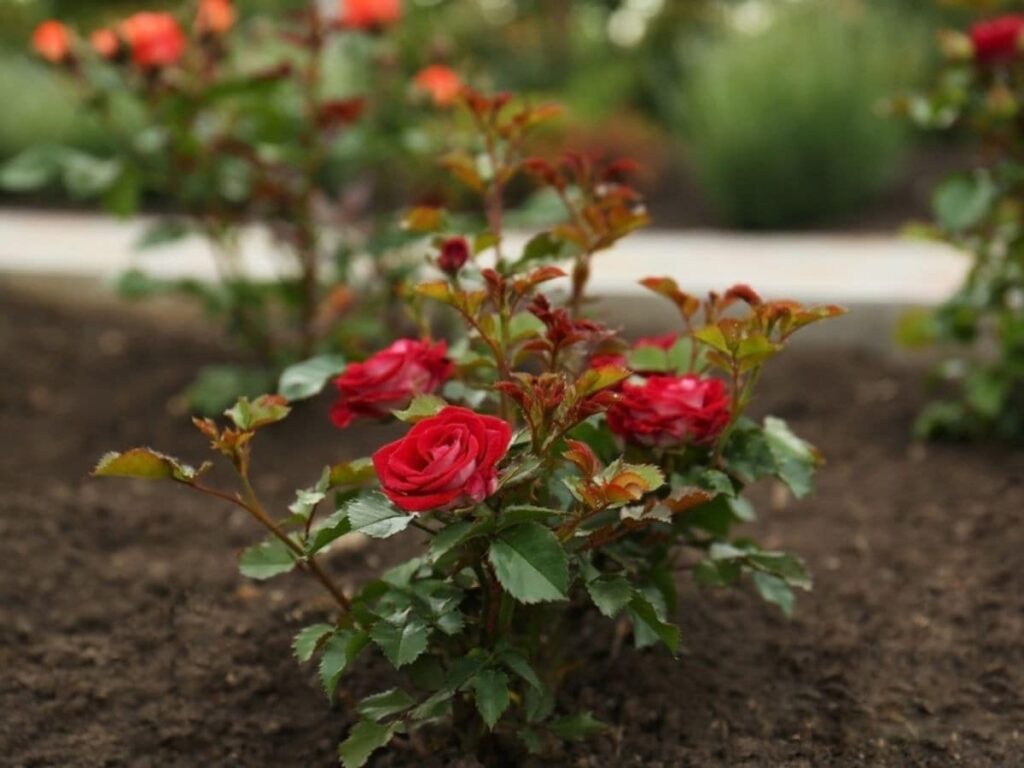Roses are a beloved flower known for their beauty and fragrance, available in various colors. Many people choose to cultivate rose plants in their homes, appreciating their aesthetic appeal and the charm they bring to any garden. However, it can be disheartening when a rose plant fails to bloom. This comprehensive guide will explore effective care techniques to ensure your rose plants thrive and produce beautiful flowers.
Understanding Rose Plant Needs
Light Requirements
Roses thrive in sunny locations, requiring at least 6 to 8 hours of direct sunlight each day. Insufficient light can hinder their blooming process.
Soil Quality
Proper soil is crucial for rose health. Well-draining soil, rich in organic matter, supports root development and overall plant vitality. A pH level between 6.0 and 6.8 is ideal for roses.
Watering Techniques
Watering roses properly is vital. They prefer deep watering about once a week, which encourages deep root growth. Ensure that the top inch of the soil dries out before the next watering to avoid root rot.
Fertilization Strategies
Feeding your rose plants with a balanced fertilizer can help promote vibrant blooms. A 10-10-10 or a specialized rose fertilizer is recommended during the growing season.
Organic Options for Fertilization
For those looking for natural alternatives, compost or well-aged manure can be excellent options, supplying essential nutrients without chemicals.
Pest and Disease Management
Common pests such as aphids, spider mites, and Japanese beetles can negatively impact rose health. Regularly inspect your plants and use appropriate pest control methods, such as insecticidal soap or neem oil.
Signs of Disease and Solutions
| Disease | Symptoms | Solutions |
|---|---|---|
| Black Spot | Dark, circular lesions on leaves | Remove infected leaves and apply fungicide |
| Powdery Mildew | White, powdery spots on leaves | Increase airflow around plants and treat with fungicide |
Pruning for Blooming
Regular pruning is essential for healthy rose plants. Prune in early spring to remove dead or weak branches, which encourages new growth and increases the likelihood of blooming.
Conclusion
With the right care and attention, your rose plants can flourish and present you with stunning blooms. By understanding their light, soil, water, and fertilization needs, and keeping an eye out for pests and diseases, you’ll set yourself up for success in nurturing these beautiful flowers. Remember, patience is key; with time and proper care, your roses will reward you with their enchanting beauty.
